I am a big advocate for unstructured play. Loads of it. Tons of time for little ones to explore, be outside, and discover on their own. But I also believe in balance. I do some actual teaching with my little ones – though always in fun, meaningful, and child-directed ways.
I wrote a lot about teaching math to preschoolers in this post, Our Playful Preschool Math Curriculum. I thought I would write today about a fun card game I have been using as one of our preschool math activities.
(An unnecessary, though perhaps helpful, prelude:) I have started spending special one on one time with my Sam. As my middle child, I often don’t get time alone just with him. Benjamin is up bright and early, and Madeline stays up much later than the boys, but Sam is rarely on his own. Noticing some (let’s simply say) undesirable behaviours towards his little brother lately, I decided to start spending 30 minutes every day with Sam alone. I am not sure if it is coincidental, but it really has been making a difference in his behaviour. Ben has a rest time in the afternoon, which is generally when I was having Sam do some mess-free quiet time activities. Now, he has his quiet time for 45 minutes or so, and then we do an activity together – just the two of us.
One of the activities we have been enjoying is playing card games. Sam loves playing cards – likely because his big sister does. Of course, since he is barely 4, we are limited to the games we can play. This particular cards games for kids is one we just made up. It is crazy simple – and a phenomenal way of teaching math to preschoolers (well, phenomenal is a bit strong, I certainly don’t want to sound as though I am gushing – but it is really great. Awesome even …. (Whisper voice: Phenomenal)).
Like teaching anything, it is important to follow a child’s lead when teaching math to preschoolers. Since Sam is very much into playing cards games for kids, this activity is very appealing to him, which makes him engage fully in the activity, and learn oodles. If he wasn’t into cards, he wouldn’t be very engaged, and his learning would be very (very) minimal. So I suggest following your little ones lead – if this activity seems like something your child would enjoy, give it a try!
To play this cards games for kids you simply need playing cards. We used UNO cards – but any deck will work.
In a nutshell:
Each player has 5 cards in front of them, facing up
The first player makes any pairs they can from their 5 cards. Next, that first player makes any pairs they can with the addition of the second players cards. When no more pairs can be made, it is the second players turn.
The second player chooses cards from the deck until having 5 cards. She makes any pairs she can, and then makes any pairs she can with the addition of the first players cards. And so on.
A more detailed explanation:
To begin, deal 5 cards to each player, laying down on the ground, facing up. It was Sammy and I playing, so we each had 5 cards in front of us.
Next, Sam looked at his 5 cards and matched any numbers he could (found any pairs). He had two 5’s – so announced that he had two 5’s and that he was winning (oh yes – I should mention Sam is VERY competitive … like his Mama).
After, Sam has the chance to look at my cards, and if any of my cards match his he can take them. When he has gotten all the pairs he can, it becomes my turn.
I choose more cards from the deck until I have 5 cards in front of me. I look at my cards and make any pairs I can. I have none. I then look at Sam’s cards. He has a 4 and I have a 4. I politely ask him for his 4, which he gives me kindly (after much practice). I can’t make any more pairs, so it is Sam’s turn.
Sam chooses cards from the deck until he has 5 cards, looks for pairs among his cards, and then among my cards, and the game continues.
It is a very easy game. I did say it was phenomenal, but certainly not tricky. Preschoolers like that … and so do Mama’s, I believe. A nice straight forward game.
And oh! All of the number recognition! Little ones are discerning between numbers, focusing on characteristics of numbers, matching numbers, recalling numbers, and reciting numbers! They are also learning about taking turns and (hopefully) good sportsmanship. And it is actually a nice, quiet, fun bonding activity.
At the end of our card game, every time, we put the cards in order. Starting by collecting all the ones, then the twos and so on. Another great math activity. Sam successfully did it all on his own the last time we played – and he was as proud as punch! Teaching math to preschoolers can really be this easy!
Fun, meaningful, full of number recognition, and pride-inducing – all with a pack of playing cards? Why that almost sounds phenomenal …
Thank you so much for reading friends!
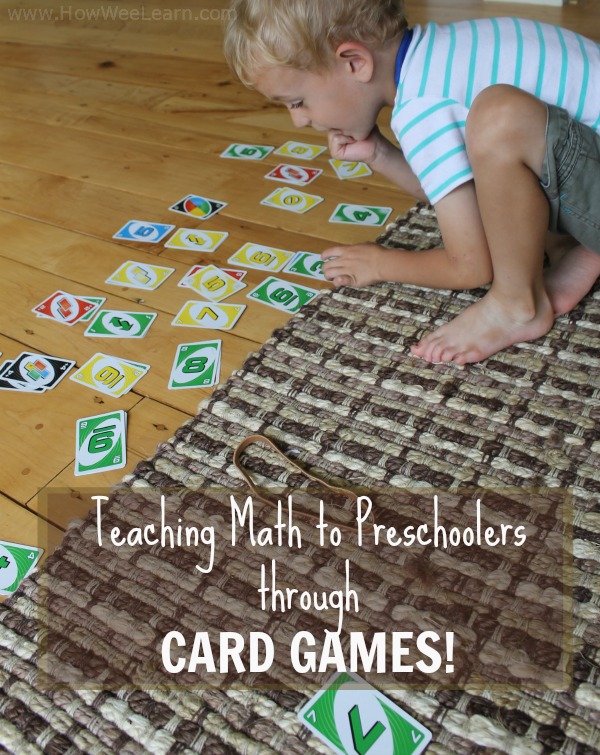
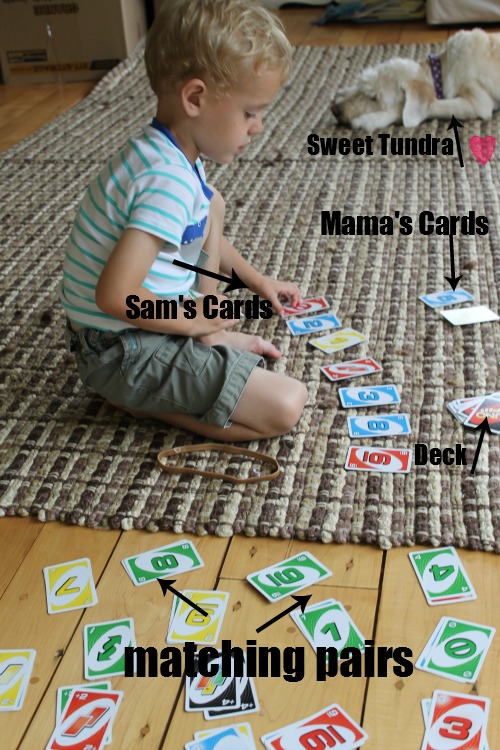
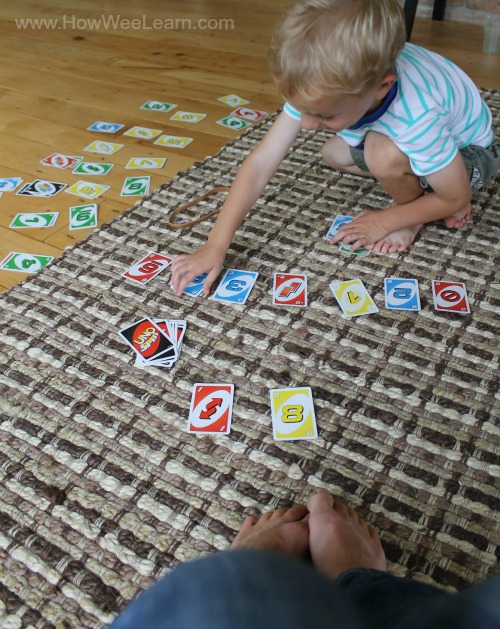
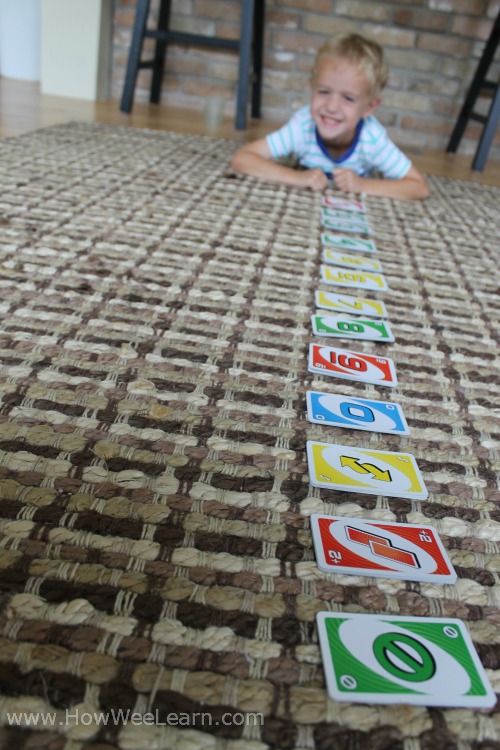
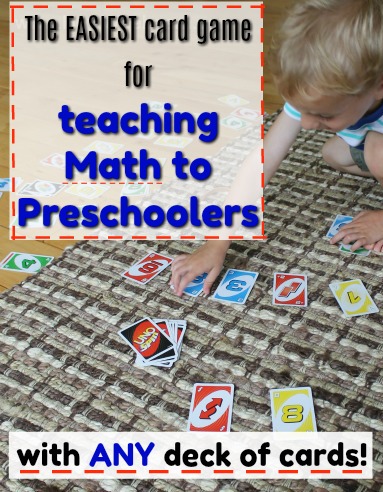
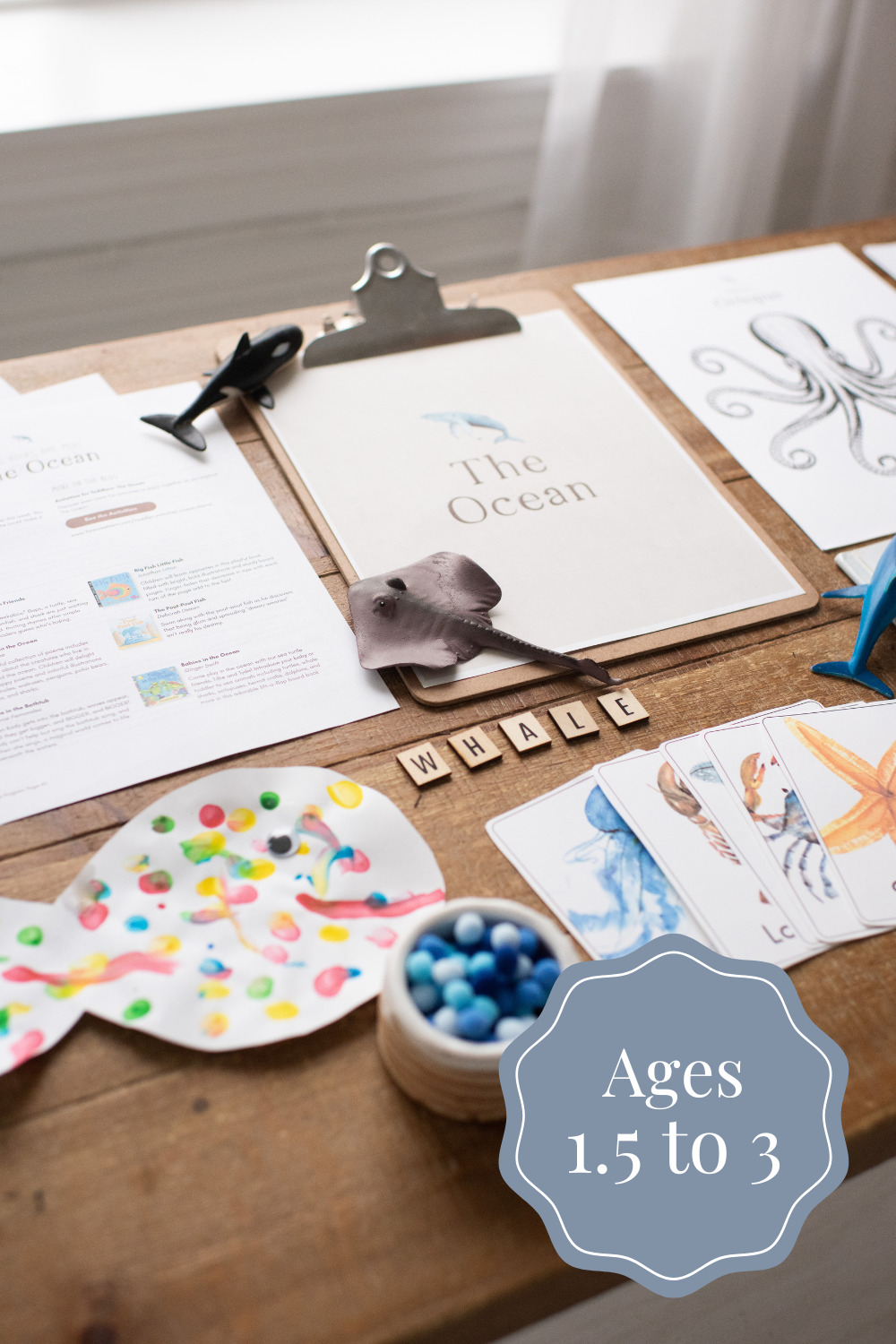
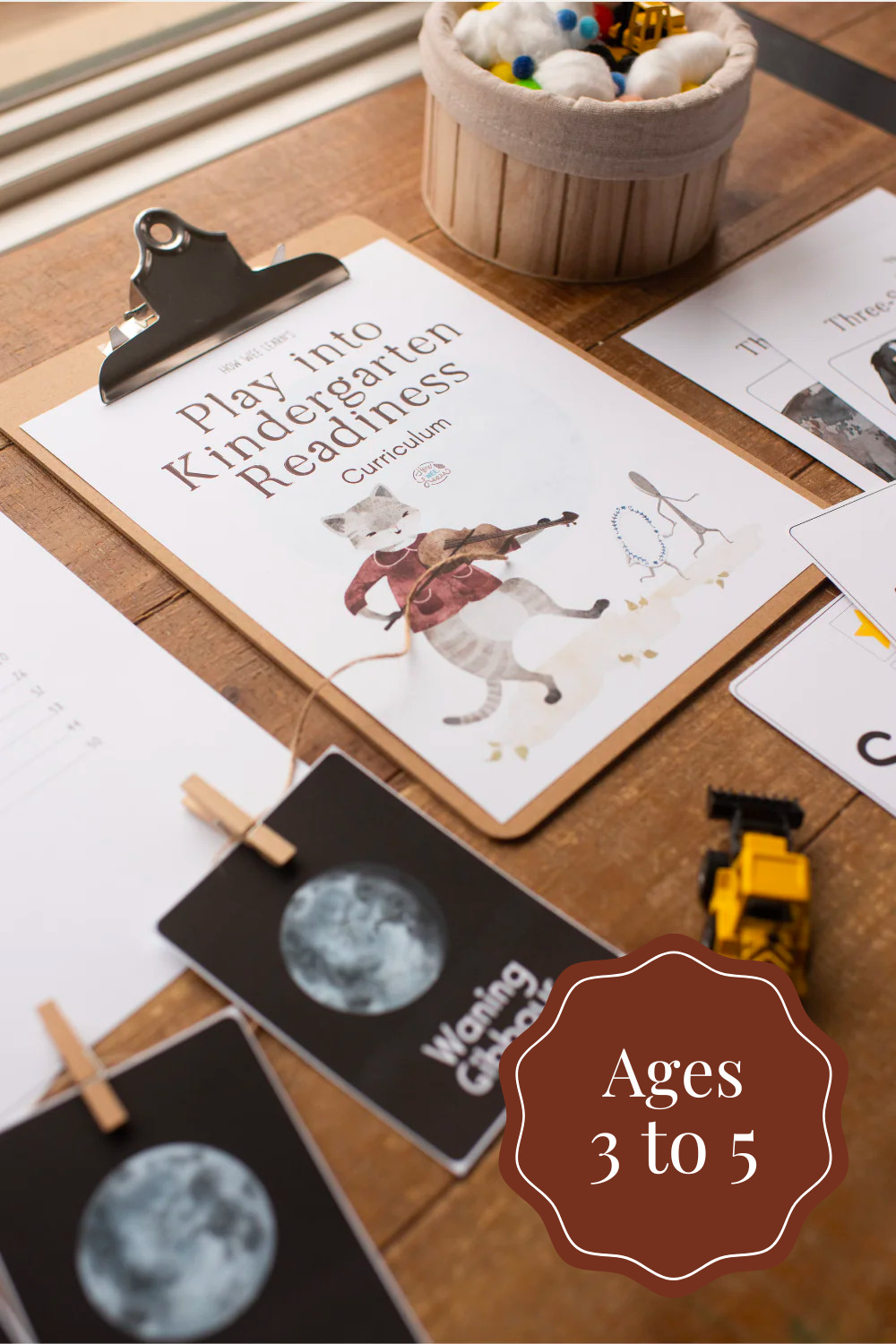

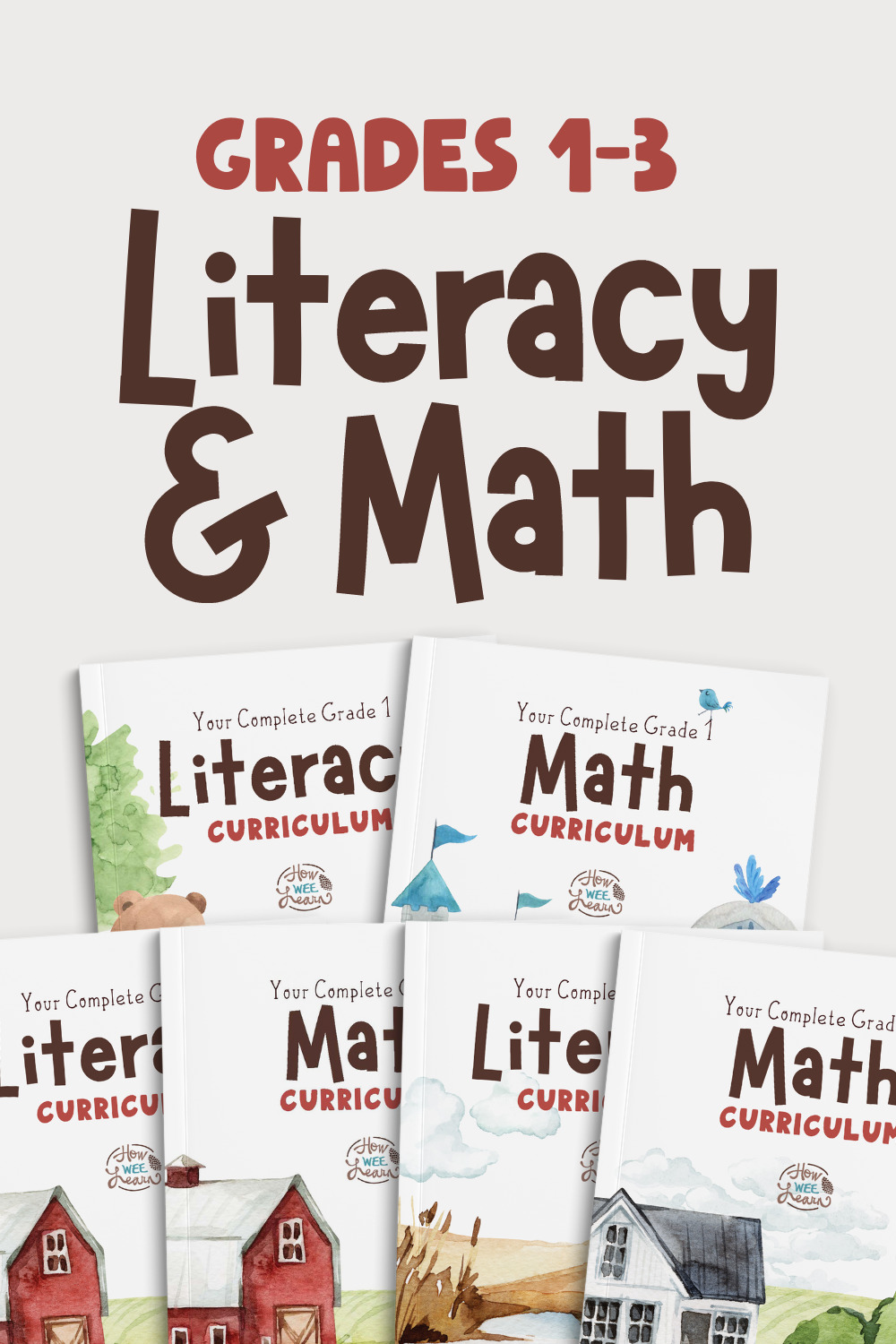

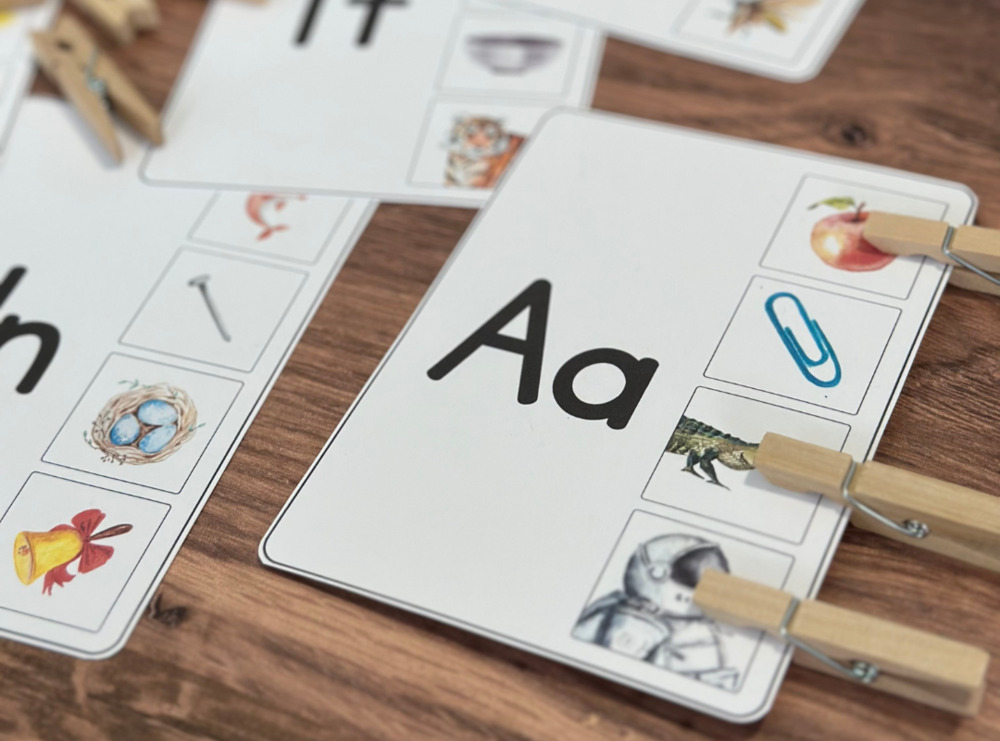
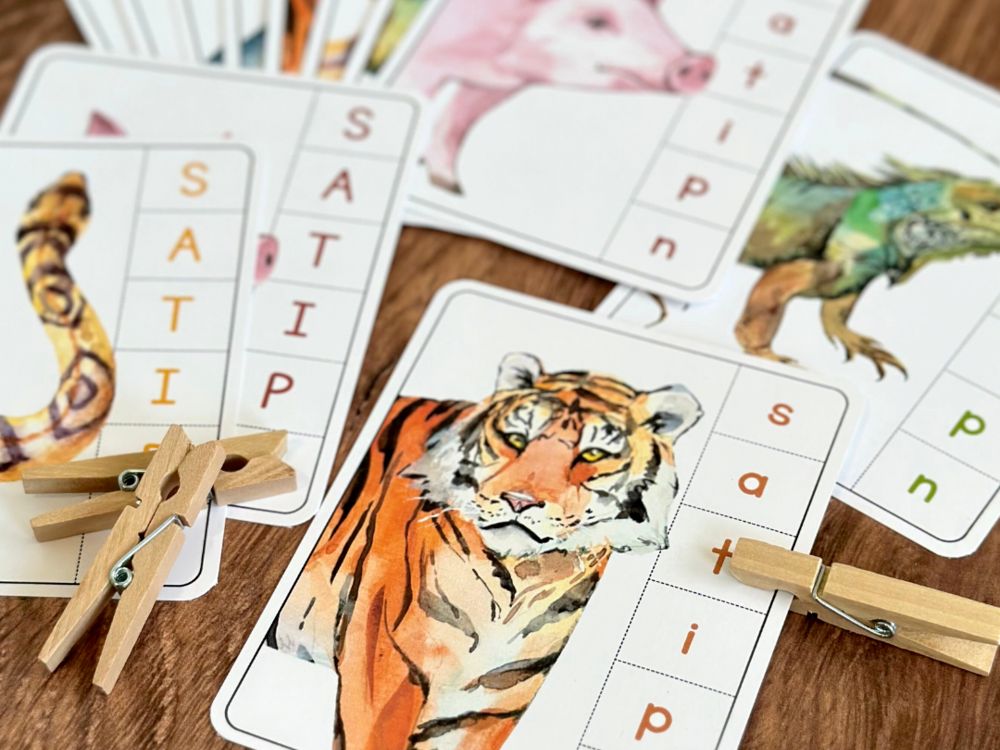
Very glad you think so – and your welcome!
I love this idea!! I started working with a grade 3 student that struggles with adding and still uses his fingers to count to ten and his chin to go above that to 20. I am going to alter it slightly and have him make 10. We will begin by making ten with only 2 cards and once he gets that we can make 10 with three cards. Then we will increase it to 20. I am so excited for this weeks tutoring session!!!
Thank you
Oh what a wonderful idea!! I am excited for your tutoring session as well! Check back to let me know how your little guy is doing. How blessed he is to have you.